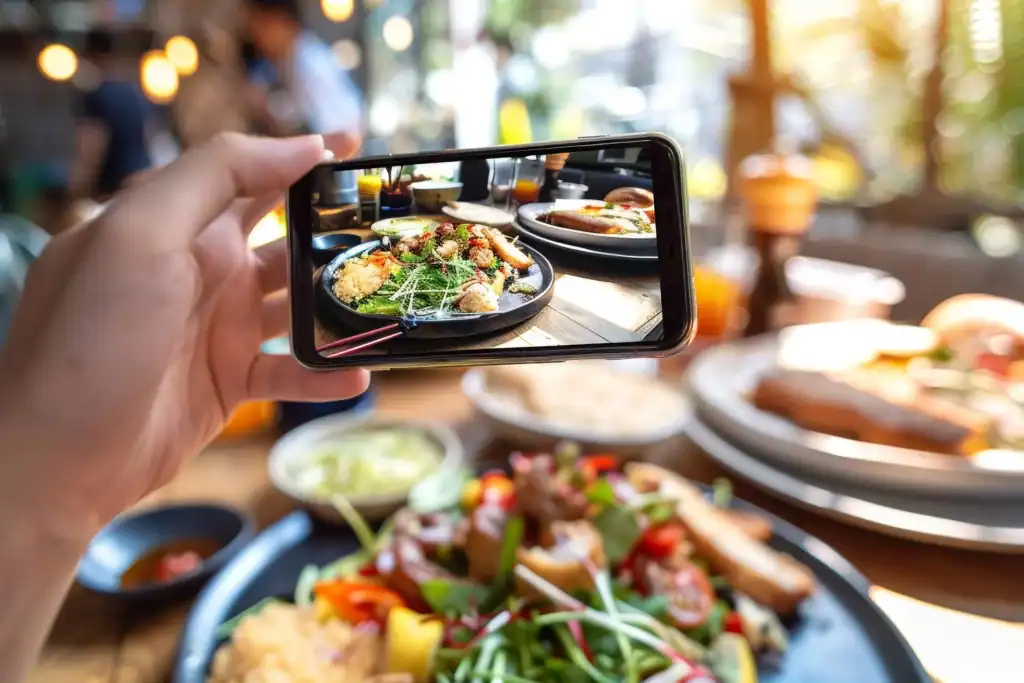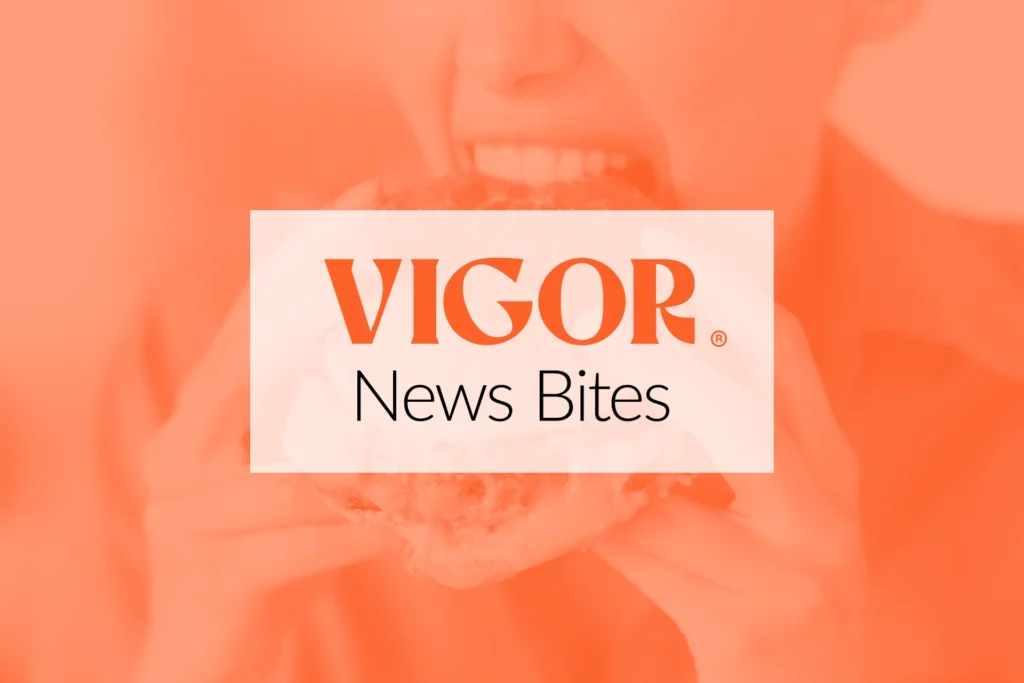Originally published on FSR. Read the article on their site.
For a few years, we marketer-folks were on our soapboxes touting the amazing opportunities Facebook offered restaurants, especially start-ups and mom-and-pop cafes. You’d catch us saying, “It’s where the people are,” “They want to hear from you,” “It gets results,” and—the big one—“It’s free!” Who could say no to that? Slowly but surely, restaurants jumped on board, and they realized that for only a few bucks they could build their following, quickly accumulating a large group of “likes.” Things were good. It didn’t cost too much money, if anything at all.
Then this old adage reared its ugly head: Nothing in life is free. You have to pay to play.
Facebook recently changed the algorithm that determines how content is displayed to its one billion-plus users. Now your content won’t reach most of your fans unless you pay money to “boost” each post. Zing! There’s the newfangled catch: You have to pay to play.
With this change to the way Facebook displays a page’s posts, it has effectively demolished its usefulness to small businesses. Start-up brands and mom-and-pop restaurants run on razor-thin budgets. Requiring them to pay for building a fan base, then asking more for fan engagement on every post, is absurd.
Think of it like this: with the average suggested boost budget being around $10, a restaurant could easily drop $3000 each month in reaching the fans who want to hear from the restaurant. For that kind of money, I think a restaurant could be doing a lot of other things that get more attention and put “butts in seats.”
Without Facebook, what can we do?!
It’s time to “Tumble, Tweet, and ‘Gram.” Tumblr, Twitter, and Instagram have amassed a following, but have been underused because of Facebook’s powerful reach. With that reach now being eliminated, these newer social media platforms will take you out of the din of the Facebook desert and give your marketing a little bit more boost. They’ve proven effective, although at a smaller scale than Facebook so far, and they continue to grow. That means they’re getting more and more attention from the market, which will help your messages be heard. They’ve sat in Facebook’s shadow for too long. Now is the time to jump on board.
Tumblr. 13 percent of Internet users between the ages of 18-29 use Tumblr1. With Yahoo’s purchase of Tumblr, this platform has exploded. Tumblr has reformatted its original direction. It’s now basically a website creation tool with a built-in way for fans to receive updates. Think of it like this: it’s a completely customizable Facebook page, with a network of easily accessible fans. When you post new content to your Tumblr “website,” people can repost it, comment on it, or “heart” it—akin to “liking” a status on Facebook. They can also follow your brand so they’re always in the know about new posts, for free. It’s full social engagement in an space that’s connected to a network, but branded for your restaurant experience.
Twitter. 18 percent of all Internet users are using Twitter2. With the addition of pictures, videos, and a new profile layout that is unmistakably Facebook-inspired, Twitter is upping the ante. It keeps things simple with the status updates (no more than 144 characters), but it’s effective. Your followers will see everything you post, and you can even advertise to build fan engagement.
Instagram. 17 percent of Internet users are on Instagram2. Instagram boils down one powerful feature that Facebook has: Pictures. Posting images of your food, your employees having fun, your customers, and other brand-charged images that make your restaurant real and human can help build fan engagement and buzz. You can tag other Instagram users to help create community, as well.
Of course, each of these social media platforms pale in comparison to Facebook’s usage (two-thirds of Internet users.) Consider these two points, however: 1) What good is your marketing if it falls on deaf ears? And 2) if they’re really fans of yours, they’ll find you in other places. In Facebook’s case, your marketing isn’t even reaching those “deaf ears.” You’re better off starting to use new platforms with an engaged audience who will actually receive your brilliant transmissions. Also, don’t you think it’s better to have a handful of actively interested audience than a mass of uninterested followers who are one post away from being annoyed by your brand?
Finally, it’s good to remember that beyond social media is a world of online opportunities for those who can think outside the proverbial box. Successful marketing should be thought of as a campaign that spans across many media outlets, not just one “silver bullet” expected to work wonders. Restaurant brands that put some creative thought and a reasonable marketing budget behind good ideas will be the ones that get the attention and the inevitable traffic that comes along with good marketing.
Are you using Tumblr, Twitter, or Instagram? What’s working for you and your restaurant brand?
- Pew Research Center’s Internet & American Life Project Post-Election Survey, November 14-December 09, 2012. N=1,802 internet users. Interviews were conducted in English and Spanish and on landline and cell phones. Margin of error is +/- 2.6 percentage points for results based on internet users.
- Pew Research Center’s Internet Project Library Survey, July 18 – September 30, 2013. N=5,112 internet users ages 18+. Interviews were conducted in English and Spanish and on landline and cell phones. Margin of error is +/- 1.6 percentage points for results based on internet users.

